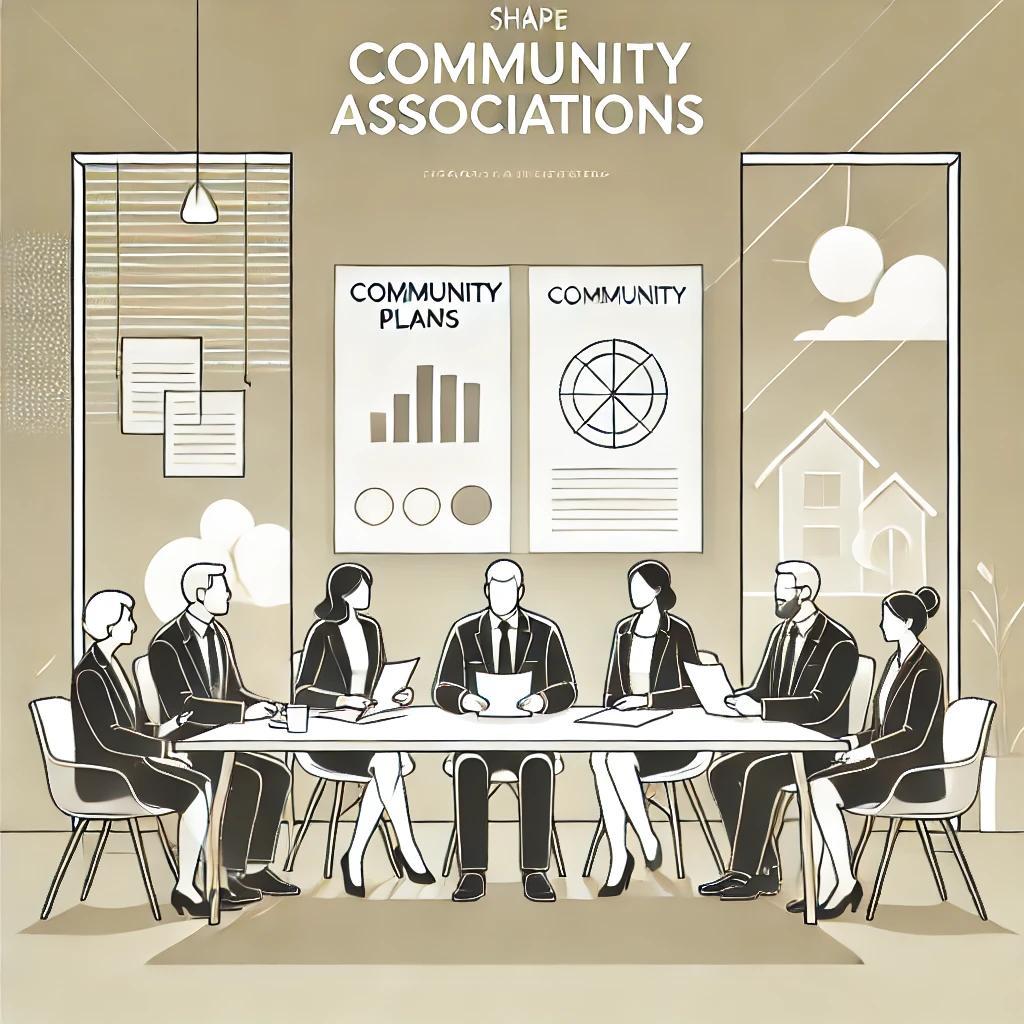Four Factors Influencing the Future of Community Association Living

Planning for the future of community associations involves more than just the strategies board members might already have in place. External influences also play a significant role in shaping the environment in which these communities thrive. As board members seek to enhance their communities' appeal and livability for years to come, understanding these factors is crucial.
Experts recently gathered to explore these influences, sharing their insights on the key trends expected to impact community associations in the coming decades.
Progressive Education
Education becomes ever more critical for board members and management companies as community associations face increasing scrutiny from legislative bodies. Keeping abreast of legislative changes ensures that associations can continue to operate smoothly and within legal parameters. Continuous learning will empower boards and managers to navigate regulatory changes effectively and sustain community operations without setbacks.
Remaining Relevant
As Millennials, born between 1980 and 2000, become the dominant force in the real estate market, community associations must adapt to meet their unique needs and preferences. This tech-savvy generation seeks modern amenities and effective digital communication channels, like online voting systems and active social media engagement. Even as the focus shifts towards younger buyers, associations must not forget the needs of older residents by adjusting amenities and services appropriately. Diversity also plays a role, necessitating effective communication across cultural and linguistic boundaries.
To stay competitive, associations should consider the evolving demands of buyers alongside those of existing residents. Cutting-edge amenities, such as green technologies, and sustainable practices should be incorporated to keep communities attractive. Knowledge of market trends, technology, and policy developments will help associations remain appealing and relevant.
Show, Don’t Tell
Active engagement between community boards and members significantly enhances the living experience in associations. Empowering homeowners to grasp their roles within the community, alongside the association's responsibilities, fosters a cooperative environment. Transparency about operations and inspiring homeowner involvement can make a positive difference.
Well-maintained common areas and robust lifestyle programs are more effective than words in demonstrating commitment. Financial stewardship also plays a key role in maintaining trust and satisfaction. Recent surveys indicate positive relationships and sentiments among residents towards their associations, with many perceiving associations as beneficial to property values and community well-being.
Working Together
Building strong ties between community associations and stakeholders like developers and real estate professionals is essential. Developers should prioritize creating solid foundations for associations during the early stages of community development. Meanwhile, realtors need to effectively communicate the benefits of association living to potential buyers. Collaborations with organizations like CAI or the Building Industry Association are vital, as they track legislative changes to ensure fair policies for all parties involved.
The future promises dynamic changes for community associations. Approaching these changes as opportunities rather than challenges will allow communities to evolve and prosper in the years to come.





